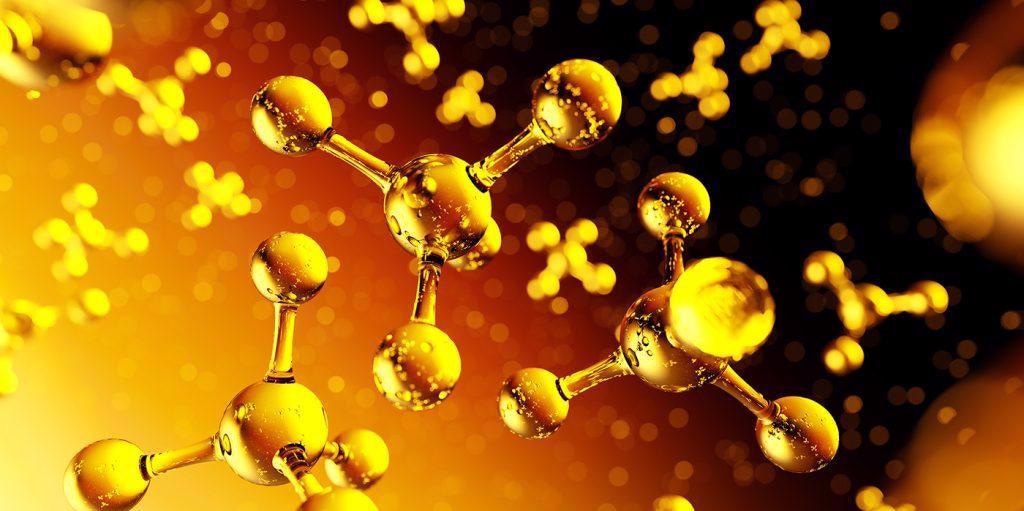Sponsored by Mo-SciApr 15 2021
The glass annealing process relieves internal stresses, which could otherwise leave it vulnerable to fracturing or shattering in response to minor mechanical or thermal shock. This makes annealing a crucial step in the manufacture of robust, stable, and heat-resistant glass.

Image Credit: Mo-Sci Corporation
Why Anneal?
Physically speaking, glass is a rather unusual material. Most solid materials are significantly ‘ordered’ with their constituent molecules or atoms in a regular arrangement, repeating patterns called crystal lattices. But the molecules in glass follow a different set of rules: they are, by definition, disorderly.
In fact, the way solid glass molecules are arranged resembles that of a liquid, except that they are fixed in place and don’t move around. It is said that glass is an amorphous solid.
The reaction of crystalline solids and amorphous solids (i.e., glasses), when exposed to heat, differs greatly. When crystalline solids are heated, they experience a spontaneous phase transition at their melting temperature.
For example, at -1°C, water is an ordered crystalline solid (ice). At 1°C, it’s a completely disordered liquid. But when glass is heated, there is a lack of a sudden phase transition. Instead, it very gradually transforms toward a more liquid state.
This steady decrease in viscosity as temperature increases is due to the glass transition (transformation), and it’s one of the main characteristics of glass.2
The transition temperature of glass can be basically considered as the temperature where the liquid converts to a solid on cooling or comparatively when the solid begins to act like a viscoelastic solid on heating.
Glass is worked and formed at extremely high temperatures, where its viscosity is low. When it cools rapidly (supercool), the glass becomes increasingly more rigid as the disordered molecules simply become fixed in their positions.
As this happens, internal stresses can become encased in the solidifying glass. The result is very brittle glass that is prone to shattering. The process of annealing enables the manufacturer to eliminate internal stresses, producing durably strong glass suitable for widespread application.
What is Annealing?
Fundamentally, annealing is controlled cooling of glass to reduce internal stresses in the finished product.1 Annealing typically occurs at one of two points in the glass production process:
- In numerous manufacturing processes (such as the float glass process), high temperature glass is gradually cooled after it hits the glass transition temperature. This is known as straight annealing.
- In some glass forming processes, for instance, glass blowing, glass spontaneously cools after forming. In these cases, annealing is conducted by reheating the glass to its glass transition temperature and then allowing it to gradually cool in a controlled environment. This process is generally known as reannealing to distinguish it from straight annealing.
Whether a glass is straight annealed or reannealed, the basic principles remain the same: within a specific temperature range known as the annealing temperature (close to the glass transition temperature), glass is pliable enough so that internal stresses can relax through microscopic molecular shifts, but rigid enough that it doesn’t naturally deform under gravity.
Gradually reducing the temperature of glass from its annealing temperature means that there is adequate time for heat to distribute itself evenly, and molecules are able to find their most stable positions within the cooling glass.3
Once the glass passes the so-called strain point, at which point microscopic flow typically stops, and molecules are fixed in place, the glass can be rapidly cooled back to room temperature. Cooling the glass in this gradual manner wards off the formation of stresses and makes sure that there are no ‘weak points’ in the finished glass.
Properties of Annealed Glass
Residual stresses in un-annealed glass mean that it can be expected to typically fracture or even shatter during handling (sometimes spontaneously).
Annealed glass is much more durable and stronger than un-annealed glass, making it suitable for cutting and drilling processes; and use in conventional applications such as windows and structural elements.
When a uniform stress distribution within the glass is achieved, it has the capacity to resist thermal shock. This means that annealing plays a vital role in the production of labware and bottles used in food processing.
Annealing plays a unique role in optical glasses. Optical applications necessitate exceptionally low spatial variations in refractive index, which can only be accomplished by an extremely uniform structural state.
Optical glass tolerates residual stresses many orders of magnitude lower than that of ordinary glassware, so it is crucial to ‘fine-anneal’ optical glass over much longer time periods. For instance, ordinary glassware can usually be annealed in hours; but optical annealing may take place over several weeks or even months to enable the minimization of stresses.
Fine-annealed glasses offer consistent and well-characterized refractive indices and can be ground and polished without leading to unwanted birefringence in the glass.
Custom Glass Solutions
Mo-Sci is an expert in all stages of glass production, from annealing and forming right through to glass analysis, milling, and surface treatments.
Mo-Sci manufactures exceptional and specialized custom glasses for a variety of task-specific applications in healthcare and industry. To find out more about custom glass development services or to request a quote, contact Mo-Sci today.
References
- Narayanaswamy, O. S. Annealing of Glass. in Glass Science and Technology vol. 3 275–318 (Elsevier, 1986).
- Dyre, J. C. Colloquium : The glass transition and elastic models of glass-forming liquids. Rev. Mod. Phys. 78, 953–972 (2006).
- Vogel, W. Glass Chemistry. (Springer Science & Business Media, 2012).

This information has been sourced, reviewed and adapted from materials provided by Mo-Sci Corp.
For more information on this source, please visit Mo-Sci Corp.